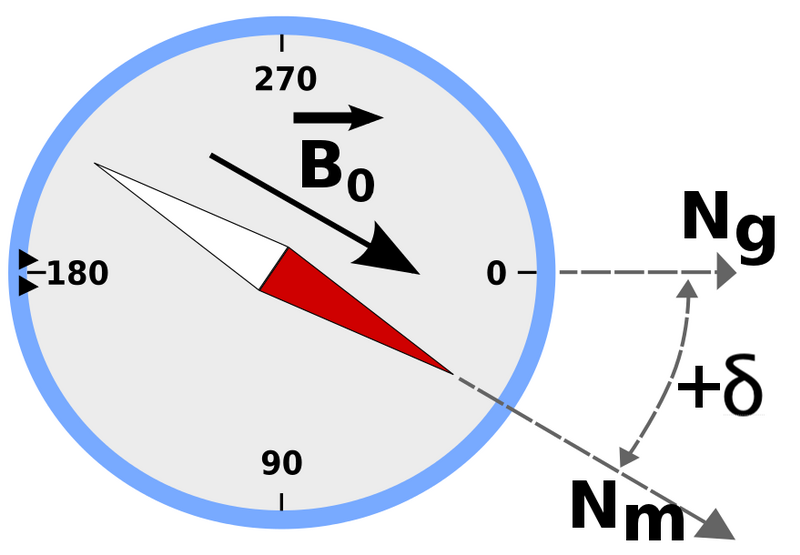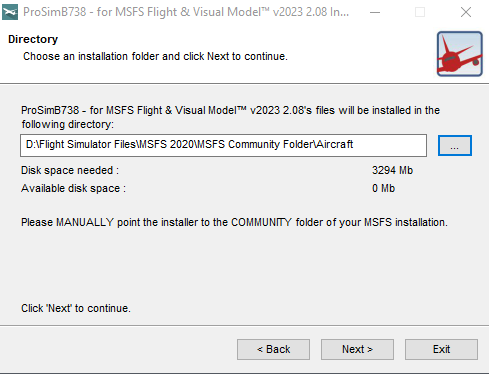Conversion of OEM CDU - Part One
/Completely gutted. All unnecessary and unusable electronic components have been removed
One of the more advanced projects is the conversion of two OEM Control Display Units manufactured by Smiths. The two CDUs came from a Boeing 500 series airframe that was retired from service in 2008 due to United Airlines decision to adopt the Airbus A-320. A chronometer located on the rear of each unit, shows the hours of use - one unit has 5130 hours while the other has 1630 hours.
The Control Display Unit (CDU) is the interface that the flight crew use to access and manipulate the data from the Flight Management Computer (FMC); it's basically a screen and keyboard. The FMC in turn is but one part of a complex system called the Flight Management System (FMS). The FMS is capable of four dimensional area navigation. It is the FMS that contains the navigational database. Often the words CDU and FMC are used interchangeably.
In this article I will discuss some of differences between OEM and reproduction CDUs. In addition to explaining some of the advantages that using an OEM unit brings. A second article will deal with the actual conversion of the units to operate with ProSim737.
Port side of CDU with casing removed to show the electronic boards that are secured by lever clips. Like anything OEM, the unit is constructed from solid component
Construction and Workmanship
The construction and workmanship that has gone into producing anything OEM is quite astounding.
The CDU is built like a battleship and no amount of use or abuse can damage the unit. The unit is quite large and heavy. I was surprised at the eight, a good 6 kilograms. Most of the weight is made up by the thick glass display screen CRT, and other components that reside behind the glass within the sturdy aluminium case.
A myriad number of small screws hold together the 1 mm thick aluminium casing that protects the internal components. In addition to screws, there are two special DZUS fasteners, that when unlatched, enable the side of the unit’s casing to be removed for maintenance.
When the casing of the CDU is removed, the inside is jammed full of components, from the large CRT screen to gold-plated electronic boards that are clipped into one of three internal shelves.
One aspect in using anything OEM is the ease at which the item can be inserted into the flight deck. DZUS attachments enable the unit, once it has been slid into the CDU bay, to be securely fastened. I use a MIP manufactured by Flight Deck Solutions and the CDU slides seamlessly into the CDU bay.
Detail of the keyboard and DIM knob. Interestingly the DIM knob dims the actual CRT screen and not the backlighting
Tactile Differences
Aside from external build quality, one of the main differences you immediately notice between an OEM and reproduction CDU, is the tactile feeling when depressing the keys on the keyboard. The keys do not wobble in their sockets like reproduction keys, but are firm to press and emit a strong audible click.
Furthermore, the backlighting is evenly spread across the rear of the keyboard panel with each key evenly illuminated.
Aesthetic Differences – 500 Series and Next Generation
As the CDU dates from 2008, the external appearance isn’t identical to the CDU used in the Next Generation airframe, however, it is very close.
Main Differences:
The dim knob is a slightly different shape.
The display screen is rounded at the corners od the screen (the NG is more straight-edged).
The absence of the horizontal white lines located on the inside edge of the display frame bezel.
The display screen is different (cathode ray tube (CRT) in contrast to liquid crystal display (LCD).
The illumination is powered by bulbs.
In terms of functionality, as this is controlled by software (ProSim737) the functionality is identical. This also holds true for the font type and colour.
To an absolute purist, these differences may be important, and if so, you will have to contend with a reproduction CDU, or pay an exorbitant amount for a decommissioned NG unit.
OEM CDU installed to MIP functioning with ProSim737
Conversion for use with ProSim737
There are many ways to convert a real aircraft part for use in Flight Simulator. By far the most professional and seamless is the integration of the real part using the ARINC429 protocol language (as used in the real aircraft). However, using ARINC429 is not a simple process for all applications. Not too mention that you often must use high voltage AC power.
For the most part I’ve used Phidgets to convert real parts, however, in this conversion I wanted to try a different approach. I’m going to liaise with an Australian company called Simulator Solutions. This company specialises in converting high-end electronic components used in commercial flight simulators, and manufactures an interface board that should enable seamless conversion of the CDU.
This article is part one of two articles Conversion of OEM CDU Part 2.
Additional photographs of the CDU can be viewed in the image gallery.
Glossary
ARINC 429 – A standard used to address data communications between avionics components. The most widely used standard is an avionics data bus. ARINC 429 enables a single transmitter to communicate data to up to 20 receivers over a single bus.
OEM - Original Equipment Manufacture (aka real aircraft part).























































